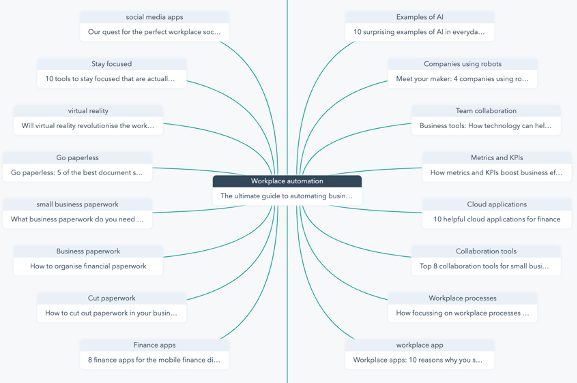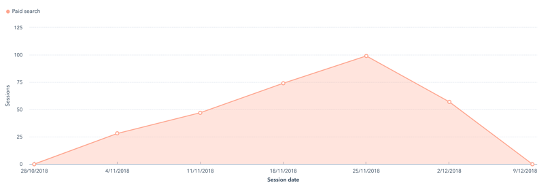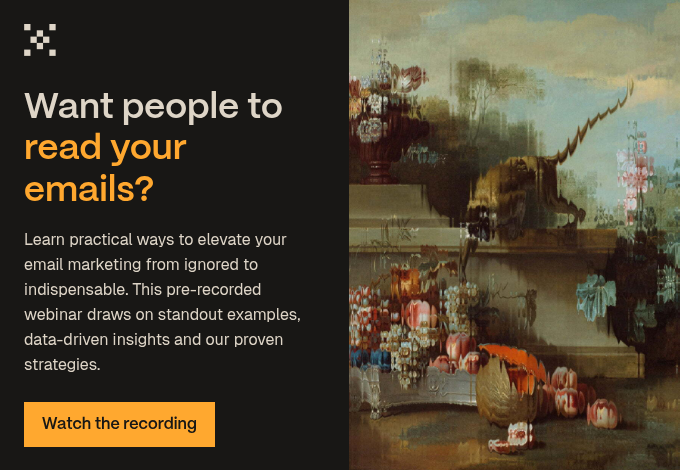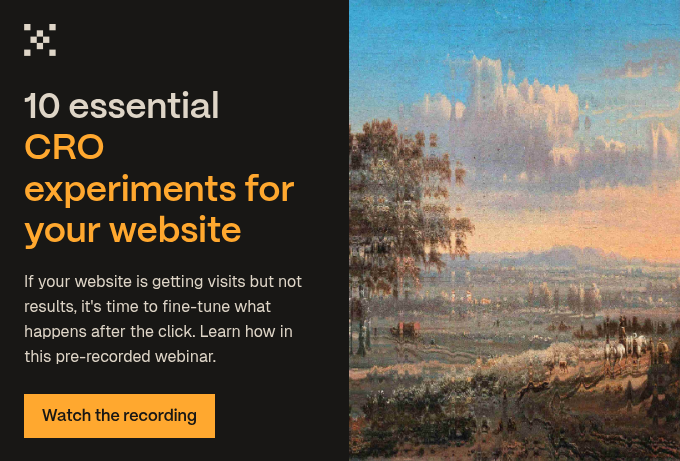A little backstory…
Turbine is an HR SaaS solution that streamlines purchase orders, time off requests, expenses and HR records for small- to medium-sized businesses (find out more about Turbine here). This is the story of the little app that could: we increased our conversion rate by 247.83 percent in just one year.
How did we start? 12 months ago, Turbine’s marketing was in a bit of a rut. Despite our best efforts to write and publish blog posts every week, we couldn’t shift the account out of second gear, and while we were receiving a steady 12,000 views a month, we received no more, and no less.
The diagnosis
There were many reasons Turbine was failing to level up, including the fact that:
- Our website was outdated and underperforming.
- Our marketing efforts were limited to writing and published blog posts in-between paid client work.
- Our social media strategy was fully automated.
- We weren’t implementing best-practice SEO measures.
- We weren’t running any advertising.
We were falling short in lots of areas, and something had to change.
So, we changed.
Solution #1: We rebranded and relaunched the website
First up, we had to get our website right. It’s no good publishing and optimising content on an underperforming platform. Our development team built a new site inside HubSpot from scratch. We didn’t use any predefined themes, so we could optimise the backend to suit our needs and avoid unnecessary lines of code that might slow the site down.
When building, we kept in mind key things like:
- Site speed
- Image file sizes
- User journeys
- Mobile friendliness
- Browser compatibility
- 404 error fixes
- AMP compatibility
- txt files
- Website security
All of these things contribute to a well-oiled website, and we knew that if we got these areas right on the first try, we’d be in good shape to grow the site’s audience.
Solution #2: We simplified our URL structure
We kept our URL structure as logical as possible. Prior to the website relaunch, our blog post pages had dates and topics in the URL, like this:
‘/blog/2014/remote-working/blog-post-title’.
Messy, isn’t it?
We redirected all URLs to read ‘/blog/blog-post-title’. It was a simple and effective solution that impacted indexability on Google.
Solution #3: We deployed topic clusters
Around the time of our website relaunch, HubSpot released this article about Topic Clusters. This was a new idea, and we needed to test its effectiveness in-house before we rolled it out to clients. Turbine was the perfect platform.
We have seven campaigns live on the Turbine site. For each campaign, we built a pillar page and internally linked all the supporting blog posts to it using HubSpot’s SEO tool.

This built relevancy among topics we were trying to index for, and ultimately helped us to index higher for the specific keywords we were trying to target on Google.
Solution #4: We conducted regular on-page optimisation
One of the biggest issues Turbine had was that we had a smorgasbord of content that wasn’t working for us, but rather, was slowing down our site.
Within month one of the website launch, most of the Articulate team pitched in on an in-depth content audit and merged, purged or optimised all the content on the site. We got rid of more than 148 published blog posts that were either outdated or irrelevant to our audience and we optimised the rest, making sure that:
- Meta descriptions had the keyword and were the correct length.
- There was only one H1 tag, which had the keyword in it.
- The H2 tags had synonym keywords throughout.
- There were no broken links, either internally or externally.
- Image files were the correct size.
With this done, we were now slicker than ever, and Google could crawl the site with ease and know exactly which URL needed to index for what keywords.
Outside of regular, continual on-page optimisation work, we revisit a more in-depth 'merge, purge and polish' every six months on Turbine.
Solution #5: We ran some LinkedIn advertisements
Finally, we began testing LinkedIn as an effective B2B advertising platform. We knew that Google Ads was a waste of money (you’re paying for visibility, not visits or conversions) and we knew that on LinkedIn, you could target specific demographics.
We also decided just to advertise our premium offers on the Turbine site, thus increasing our chances of getting a conversion. With our initial experiment, we put £200 a month into LinkedIn and garnered 12 new contacts within the first month and 100 new sessions on the site.

The result?
We’ve been continually working on Turbine for the last year, and we’re forever fixing and optimising website bits and content bobs. We threw a lot of SEO resource at the account and we continue to write, publish and optimise new pieces every week, without fail. The impact has been remarkable:
We’re eager to repeat this success with all our clients. But, to do this effectively, we’ve realised we need the right kind of client, someone who wants to achieve exceptional results over time and enjoy the iterative journey.
Articulate Marketing took Turbine from zero to hero in 365 days, and we want to do the same for you. To find out more about how Articulate works, explore our website.






